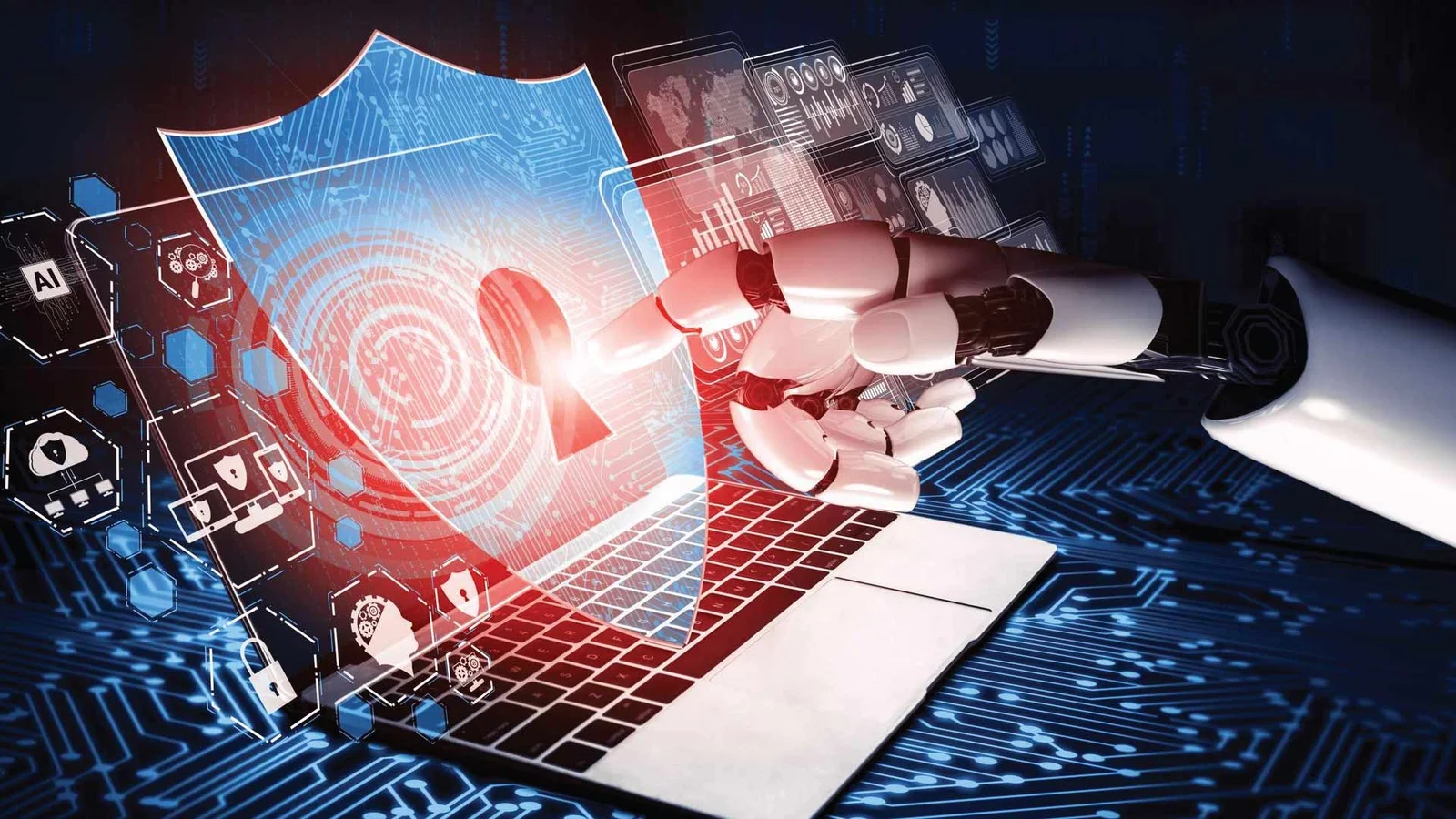-
Новости
- ИССЛЕДОВАТЬ
-
Страницы
-
Группы
-
Мероприятия
-
Reels
-
Статьи пользователей
-
Offers
-
Jobs
-
Форумы
-
Кинозал
The Role of Threat Intelligence in Cybersecurity Strategies

Why Threat Intelligence Must Rise Above Defense in Modern Security
In today’s hyperconnected world, cyber risks are no longer confined to firewalls and monitoring dashboards. Businesses face a landscape where attackers evolve by the hour, and executives cannot afford to view cybersecurity as a backroom function. Threat Intelligence must transcend its traditional role as a defensive mechanism and become a driver of business strategy, resilience, and competitive advantage. The importance of threat intelligence lies not just in protecting systems but in informing executive decisions, shaping organizational foresight, and reinforcing brand credibility.
Threat Intelligence Beyond Defense
For too long, organizations have treated threat intelligence as an isolated, tactical tool designed solely to reinforce security processes. While real-time data helps defenders mitigate immediate risks, many businesses remain reactive, deploying fragmented insights that rarely connect with enterprise risk management frameworks. This fragmented approach misses the larger opportunity.
The truth is that threat intelligence informs business strategy as much as it strengthens firewalls. Today, executives rely on these insights to assess vendor risks, evaluate market exposures, safeguard brand reputation, and strengthen long-term resilience. By moving beyond a reactive stance and embedding intelligence into enterprise strategy, organizations transform it from a narrow defense mechanism into a holistic business enabler.
How AI Changes Offense and Defense
Artificial Intelligence is no longer the exclusive ally of defenders. Cybercriminals now use AI to accelerate their attacks—launching automated scans at staggering speeds of over 36,000 per second, generating lifelike deepfake voices, and orchestrating complex extortion campaigns. What was once theoretical, such as “vibe-hacking”—using AI to manipulate tone and persuasion—has become a practical tool in targeting executives.
Who is Being Targeted—and Why
Executives, not employees, are increasingly the prime targets of cyber adversaries. More than 70 percent of senior leaders have reported direct targeting in the past 18 months. The aim is rarely simple data theft—it is influence, disruption, and reputational damage.
Deepfake impersonations surged dramatically, with 41 percent of executives reporting direct incidents, while quishing (QR code phishing) has been found to target executives 42 times more often than general staff. These attacks highlight the importance of threat intelligence not just in protecting data, but in preserving leadership trust and organizational credibility. For the C-suite, protection is not merely about personal privacy—it is about safeguarding the enterprise itself.
The Paradox of Real-Time Data
Organizations today collect an unprecedented volume of threat data. Flashpoint reports that stolen credentials rose 33 percent in 2024, totaling more than 3.2 billion. Similarly, insider risks are on the rise, with behavioral anomaly models now achieving accuracy above 94 percent.
Yet, more data does not always equal more clarity. Intelligence without interpretation risks overwhelming analysts, creating noise rather than insight. The challenge is to convert raw intelligence into actionable context tied to business risk. When done effectively, threat intelligence becomes the backbone of decision-making—empowering executives to navigate uncertainty with confidence.
Collaboration as a Catalyst for Resilience
No organization can tackle cyber risk alone. The most resilient enterprises today participate in intelligence-sharing ecosystems—through industry consortia, vendor networks, and cross-sector alliances. The shift is from trading raw indicators to exchanging tradecraft, adversary behavior patterns, and real-world lessons from incidents.
For executives, this raises a vital question: are organizational silos slowing down incident response, or are collaborative intelligence networks accelerating resilience? The latter clearly represents the future of modern security, where collective defense scales with collective risk.
- AI
- Vitamins
- Health
- Admin/office jobs
- News
- Art
- Causes
- Crafts
- Dance
- Drinks
- Film
- Fitness
- Food
- Игры
- Gardening
- Health
- Главная
- Literature
- Music
- Networking
- Другое
- Party
- Religion
- Shopping
- Sports
- Theater
- Wellness


